Who Dares Wins (film)
7.6 /10 2 Votes
Duration Language English | 6.2/10 IMDb Genre Action, Thriller Country United Kingdom | |||||||||||||||||||||||||||||||||
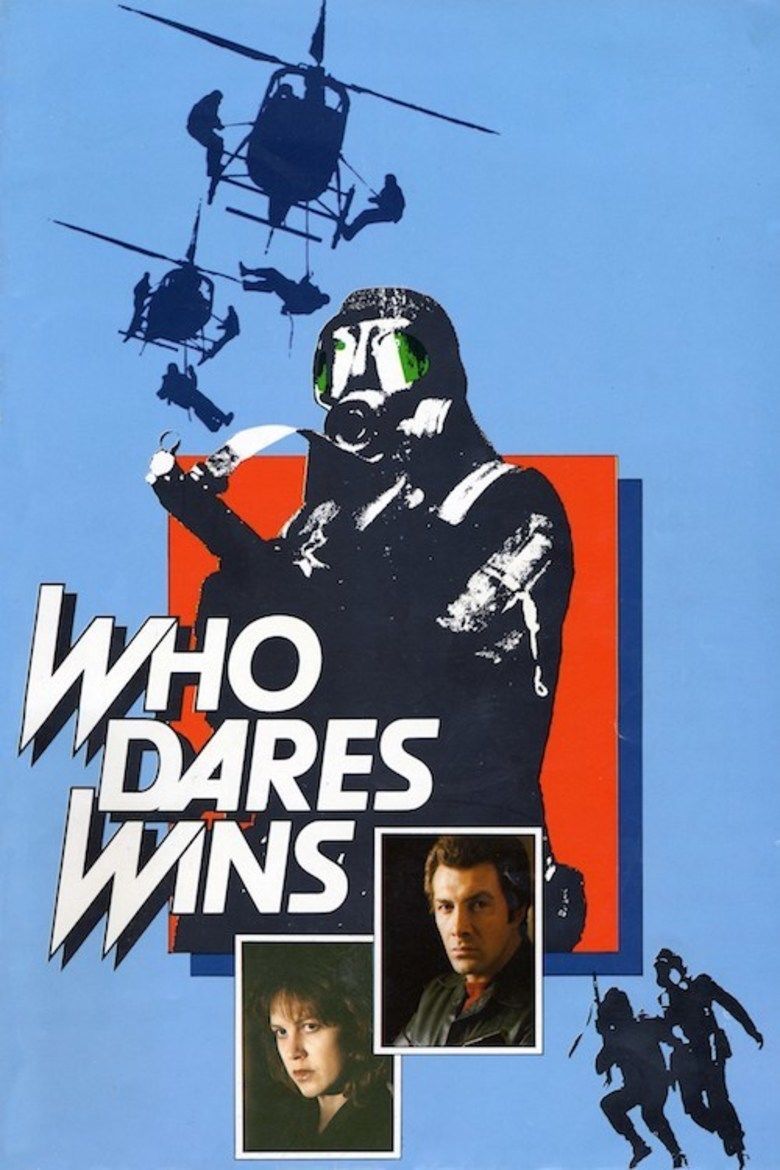 | ||||||||||||||||||||||||||||||||||
Release date 26 August 1982 (1982-08-26) (United Kingdom)September 23, 1983 (1983-09-23) (United States (NYC)) Cast (Capt. Peter Skellen), (Frankie Leith), (Secretary of State Arthur Currie), (Commander Powell), (General Ira Potter), (Bishop Crick) Similar movies Ingrid Pitt and Robert Webber appear in Who Dares Wins and Wild Geese II Tagline The 60 second war begins now! | ||||||||||||||||||||||||||||||||||
Who dares wins sas raid
Who Dares Wins (U.S. title: The Final Option) is a 1982 British political thriller film starring Lewis Collins, Judy Davis, Richard Widmark and Edward Woodward, directed by Ian Sharp. The title is the motto of the elite Special Air Service (SAS).
Contents
- Who dares wins sas raid
- Who dares wins 1
- Plot
- Cast
- Development
- Shooting
- Box office
- Critical
- US release
- Proposed follow up
- References
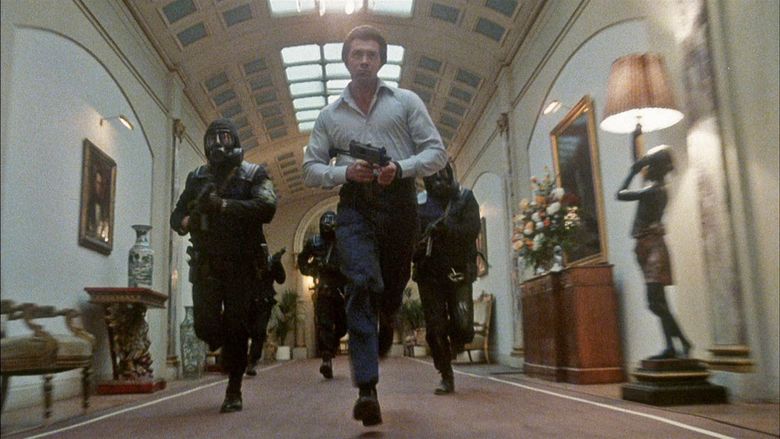
The plot is largely inspired by the Iranian Embassy siege of 1980, where the United Kingdom's SAS special forces dramatically stormed the building to rescue those being held hostage inside. Euan Lloyd, the film's producer, got the idea for the film after watching live television coverage of the event, but he had to move quickly to prevent the idea being taken by somebody else. An initial synopsis was created by George Markstein. This was then turned into a novel by James Follett as The Tiptoe Boys, in thirty days. Meanwhile, chapter-by-chapter as the novel was completed, it was posted to Reginald Rose in Los Angeles, who wrote the final screenplay.

Who dares wins 1
Plot
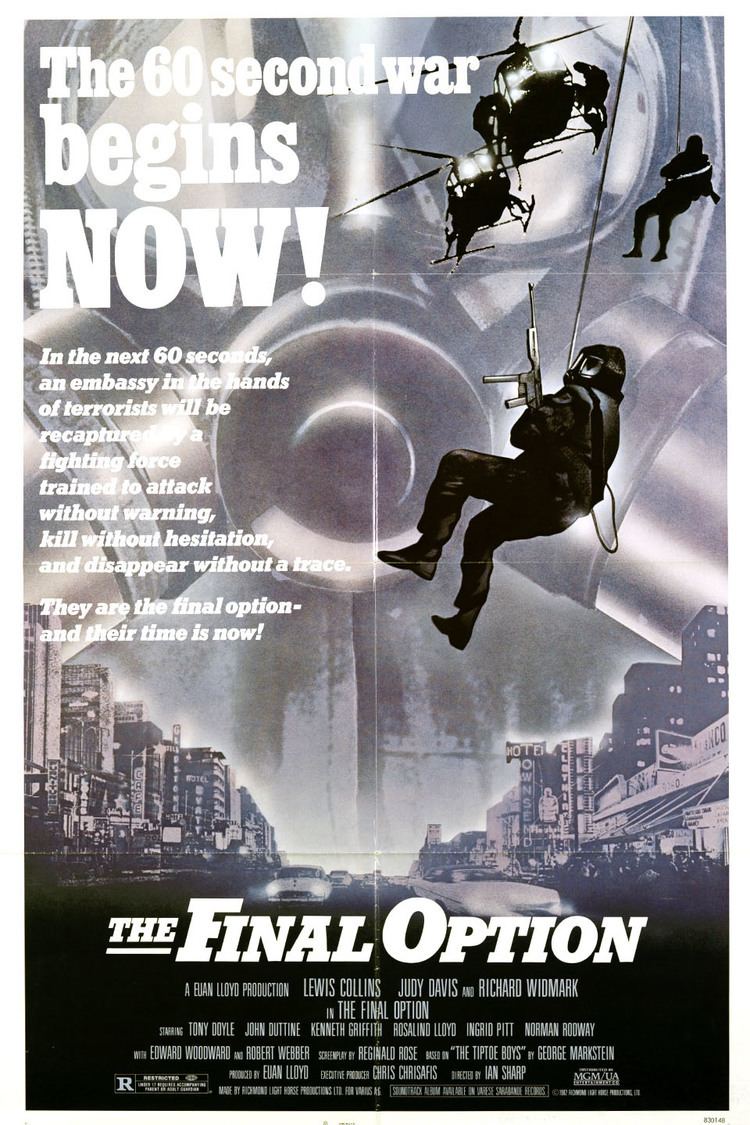
A demonstration by unilateral nuclear disarmament protesters (Campaign for Nuclear Disarmament) in London is interrupted when one of the protesters is violently killed. British security forces learn that a militant group attached to CND has been planning a significant act of terrorism for the near future. The person killed during the protest demonstration was an undercover intelligence officer who had infiltrated the terrorists. The Commanding Officer of the Special Air Service, Colonel Hadley, suggests a new line of inquiry for the investigation.

Two foreign officers arrive to train at the SAS's headquarters: Captain Hagen is a member of the US Army Rangers and Captain Freund is a member of the German GSG9. They are taken to the Close Quarter Battle house and witness an SAS room entry assault. Colonel Hadley introduces them to the SAS man playing the hostage, Captain Peter Skellen, and informs them they will be with Skellen's troop, consisting of Baker, Dennis and Williamson. During an exercise in the Brecon Beacons, Hadley and Major Steele discover Skellen's troop torturing Hagen and Freund. Skellen is dismissed from the Regiment. The torture and dismissal are a ruse to repaint Skellen as a disgraced former SAS operative, and Hagen and Freund are innocent victims in the scheme.
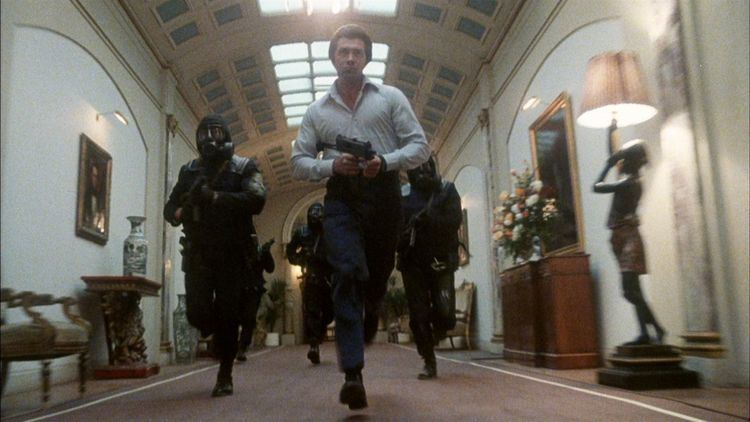
Skellen's intelligence contact, Ryan, advises him to meet Frankie Leith and Rod Walker, the two people who lead the People's Lobby, the militant group believed to be planning the act of terrorism. Skellen tells his wife that he will be going away for a while on a mission. A foreign man, Malik, arranges with a city banker for the distribution of large sums of money to various left organisations, including the PL. Skellen arranges to meet Leith at a bar frequented by PL members and initiates a romantic relationship with her, to the annoyance of Walker and his cohorts Helga and Mac. Leith takes Skellen to the organization's offices and introduces him to the group. Leith appreciates Skellen's SAS background, and offers him a job as security consultant to the PL; she also allows him to move in with her. To strengthen Skellen's cover story, Hadley informs Hagen and Freund of Skellen's location; the wronged men attack Skellen at Leith's home and inflict a severe beating. As a result, Leith's few remaining doubts about Skellen vapourise, but Walker and his cronies still are not fully convinced. Helga observes Skellen meeting the same unknown individual (Ryan) in various locations. Their scrutiny intensifies when Walker and his associates witness Skellen's meeting with his wife and daughter. They use photos from their surveillance to convince Leith that Skellen is not all he seems. Walker orders Helga to kill Ryan, cutting Skellen's link to Hadley. Hadley has no choice but to trust Skellen's abilities to uncover the group's plans and escape alive. He orders police protection for Skellen's family.
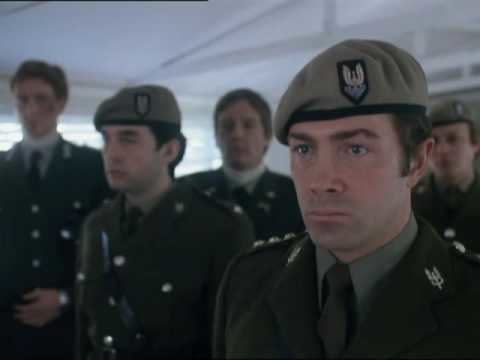
Despite his official advisory capacity, Skellen is denied details about the upcoming PL operation. On the day of the operation, Leith and Walker instruct Helga and Mac to take Skellen's family hostage. Leith uses this to blackmail Skellen into unconditional co-operation.
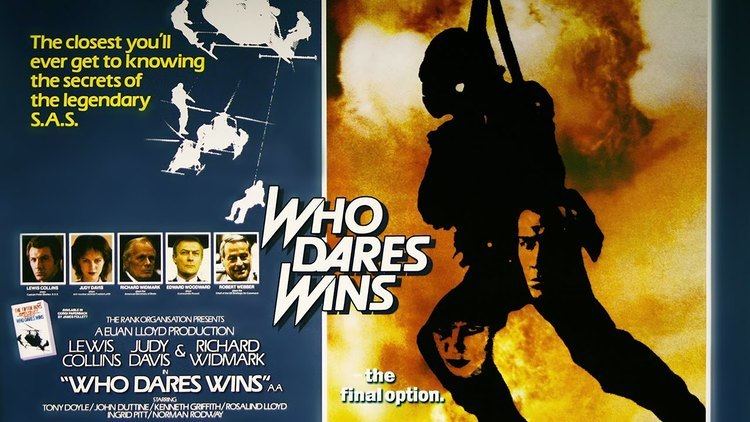
The terrorists and Skellen arrive at the US Embassy in a hijacked coach. Wearing stolen US Air Force uniforms, they gain entry to the secure compound and take hostages of the US Ambassador, US Secretary of State, US Commander-in-Chief of Strategic Air Command, and British Foreign Secretary, along with their wives and the embassy staff. Hadley and his police counterpart, Commander Powell, arrive at the Embassy to receive the demands of the terrorists: unless a US nuclear missile is launched at Holy Loch Naval Base, all the hostages will be killed. Currie questions Leith's motivations, and Leith responds that her ultimate goal is the disarmament of the whole world. This opens a debate about method and political philosophy that only antagonizes the terrorists.
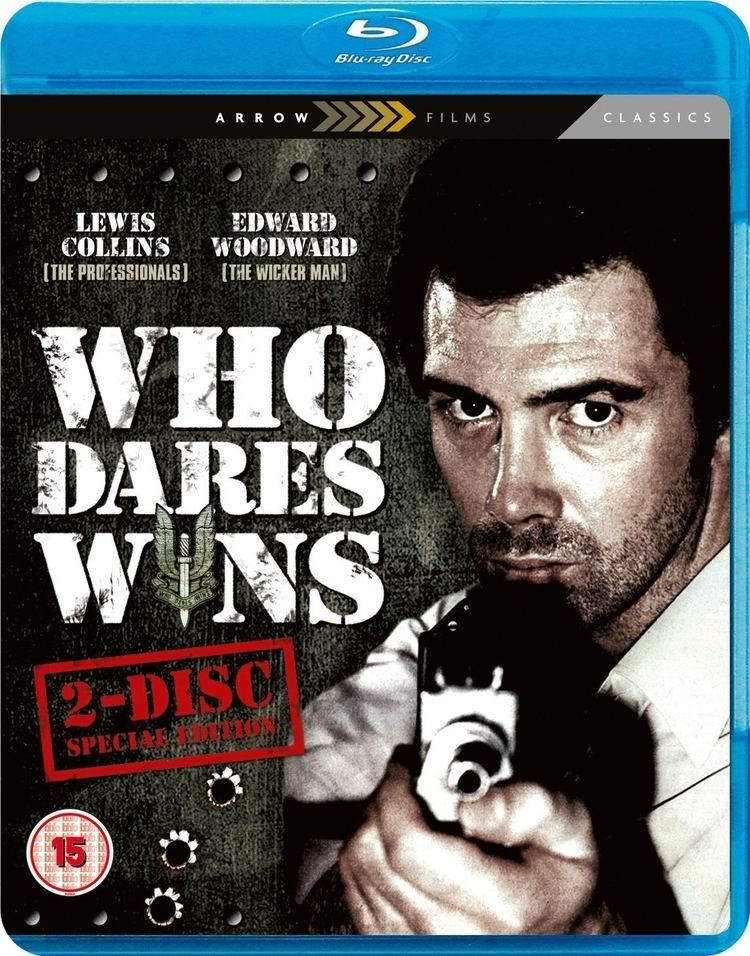
Meanwhile, Dennis and three fellow SAS troopers arrive at Skellen's home. They set up in the attached house next door, using sensing devices to covertly observe Helga, Mac and their captives through the wall.
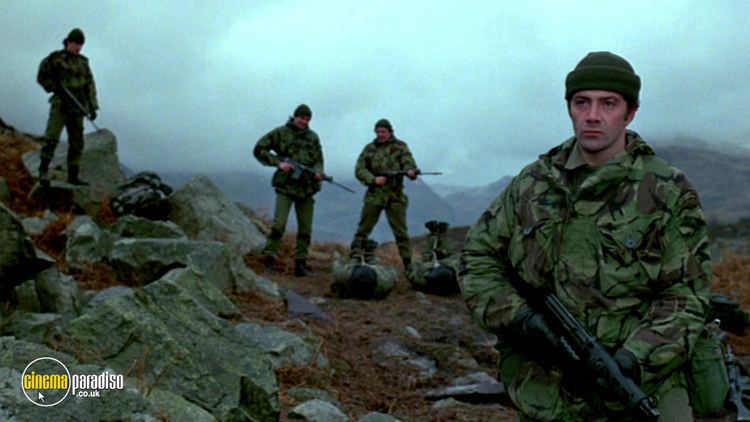
Skellen manages to separate himself from the group by feigning a need for the toilet. He uses a shaving mirror to heliograph floodlights and signal Hadley via Morse code, telling him to attack at 10 a.m. while Skellen creates a diversion. Hadley cannot get permission for an SAS attack because the British Home Secretary insists that Powell resolve the situation through negotiation. As the tension mounts inside the embassy, a mistake by one of the terrorists causes the death of the SAC C-in-C. This enables Powell and Hadley to get the permission for their assault.
The SAS operatives in the house adjoining Skellen's remove a large area of the bricks separating the attached houses. Meanwhile, Helga's temper at the Skellen's crying baby escalates into a fight with Skellen's wife. The operatives work fast to attach a charge to the exposed wall, cut the lights and blow the wall so two SAS soldiers can shoot through the gap and kill both Helga and Mac.
As the SAS mount an assault on the embassy, the terrorists panic. Skellen overpowers and kills three terrorists. The SAS, deploying from helicopters, force open doors and enter through windows. As they methodically clear the embassy, Skellen kills more terrorists including Walker. Skellen joins with Baker and his troop to search for Leith, as the other troopers bundle the hostages to safety. When Skellen hesitates to kill Leith on sight, Major Steele kills her before she can kill Skellen.
The Ambassador thanks the troopers as they leave the embassy. Skellen and his troop apologise to Hagen and Freund, explain the reason for their actions, and make peace. Skellen departs on one of the helicopters with his colleagues.
In a government building Sir Richard, a politician, complains to a colleague about the violent end to the siege. He then meets the financier Malik, and they discuss future similar actions.
An on-screen list of notable terrorist incidents appears over the closing credits, accompanied by a rendition of The Red Flag.
Cast
Development
Euan Lloyd got the idea for making the film watching the Siege of the Iranian Embassy in London (he lived half a mile from the Embassy and watched some of the action take place). On 5 May 1980 he registered five titles with the Motion Picture Association of America including SAS: Who Dares Wins and set about making a film based on the siege.
"Since John Wayne and Jack Warner have left the scene its become unfashionable to wave the flag," said Lloyd. He hoped the film would counterbalance the anti-authority message of films like The China Syndrome, War Games, Missing and Gandhi.
"I watched in awe at what these SAS men did, and truly I felt very proud," Lloyd said. "Terrorism worries me greatly, so here was an opportunity for me to say what I've felt for a long time."
Lloyd contacted friend, writer and former intelligence officer, George Markstein and commissioned a treatment. They decided to end the film with an embassy siege, but to make the film more relevant to US audiences they changed it to the US embassy. They also changed Iranian extremists to anti-nuclear fanatics. Markstein wrote a treatment in a week, then Lloyd gave the job of writing a script to Reginald Rose. The budget was raised by pre-selling the film to various territories.
Lloyd's investors were willing to go with a lesser name actor as star. The producer considered a number of options before going with Lewis Collins, then best known for The Professionals TV show. Collins trained intensively for the part
Judy Davis was cast on the strength of her performance in My Brilliant Career. She said she did not base her character on Patty Hearst as she felt Hearst was ultimately not serious about politics; she was inspired by Bommi Baumann and his book Terror or love?.
Shooting
Filming began in September 1981. The film had a number of advisers who had worked in the SAS which led to some concerns from the Ministry of Defence that the film could breach the Official Secrets Act. However Lloyd says the Ministry eventually gave their "tacit approval" to the film after two small changes to the story were made; "after that they opened the door quite widely and even provided three military helicopters," the producer said. ' According to the DVD commentary, the film was made with the help of the 22 SAS Regiment at Hereford, although their commanding officer Peter de la Billière had initially refused to help in a pre-production meeting with Euan Lloyd. Director Ian Sharp, who was hired due to Lloyd's liking of his direction in the TV series The Professionals, was invited to SAS headquarters at Stirling Lines where he met with some of the troops who assaulted the Iranian Embassy. With the co-operation of the SAS achieved, production moved ahead swiftly.
An SAS trainer (Alan Chalky White) was used to train the actors portraying SAS troopers. However, Sharp says Collins required no training and impressed the SAS instructor with his skills.
During one of his visits to Stirling Lines, Sharp had met with a Fijian trooper who had a mishap during the Iranian Embassy assault. The trooper told how he got caught up in his descent and his uniform caught fire due to the explosives used for their forced entry. Inspired by this, Sharp had a similar scene inserted.
The first scenes were shot in Portobello Road market in January 1982. The concert, speech and subsequent fight were staged at the Union Chapel in Islington, London. Others were shot in Kynance Mews, W2, London.
When it came time to shoot the SAS assault on the US Embassy, the crew had prepared the helicopters and stuntmen but the SAS offered to do the scene instead. Sharp accepted as he thought the look they gave could not be replicated by the crew.
"The film isn't a serious psychological study of a terrorism but it has been a good meaty part," said Judy Davis.
Filming wrapped after 7 weeks. Lloyd started to organise the publicity campaign, but like his previous film The Wild Geese, rumour had started to spread that the film was a right-wing propaganda film attacking the CND organisation.
Box office
The film was the sixth highest grosser at the UK box office in 1982. (Another source put it tenth highest.)
Critical
Film critic Roger Ebert of the Chicago Sun-Times said: "There are so many errors of judgment, strategy, behavior and simple plausibility in this movie that we just give up and wait for it to end. You know you're in trouble when the movie's audience knows more about terrorism than the terrorists do."
Who Dares Wins was also panned by some critics as being right-wing. Sight and Sound described the film as "hawkish".
The Guardian called the film "truly dreadful".
Within days of the film's release, producer Lloyd received a phone call from Stanley Kubrick saying how much he enjoyed the film, in particular the performance of Judy Davis.
Stewart Lee later described the film as "one of the nastiest films ever made, coming off like Richard Littlejohn writing The Professionals, married SAS man Collins goes undercover with peaceniks to gallantly probe their firebrand leader [...] only to murder her in cold blood later. Fairport Convention appear as some kind of beardo commie new wave band, playing a weird boingy protest music that never existed anywhere except in the imagination of the makers of this hilarious atrocity."
US release
Soon after the film was completed, copies of it were requested for viewing by the White House; it was seen by Ronald Reagan and his advisers at Camp David and they reportedly enjoyed the film. It was also enjoyed by Alexander Haig, Reagan's former Secretary of State, who had recently joined the board of MGM/UA. On his recommendation, MGM/UA bought the film for distribution in the US. They retitled it The Final Option.
In an interview, Haig praised the film as a "terribly exciting drama... a realistic portrayal of the world in which we live."
The Washington Post enjoyed the final assault, describing it as "a pip", and praised the authenticity of the action sequences, but thought "an awful lot of talky, slack footage accumulates before this whirlwind payoff" and that the "storytelling rhythm is defective."
Proposed follow-up
Euan Lloyd signed Lewis Collins to a three-picture contract on the basis of his performance. The films were to be The Wild Geese 2, Battle for the Falklands (about the Special Boat Service during the Falklands war) and Macau. Collins ended up not appearing in the first film and the other two weren't made.
References
Who Dares Wins (film) WikipediaWho Dares Wins (film) IMDb Who Dares Wins (film) themoviedb.org
